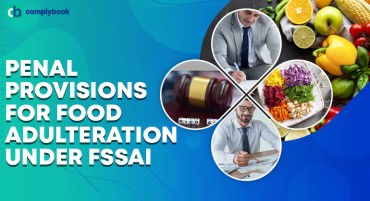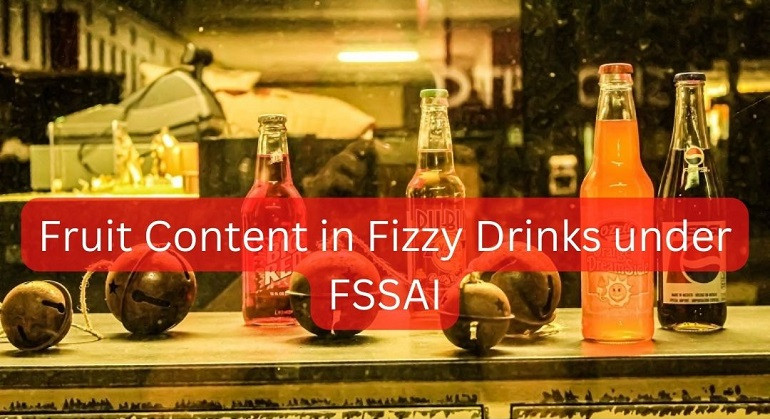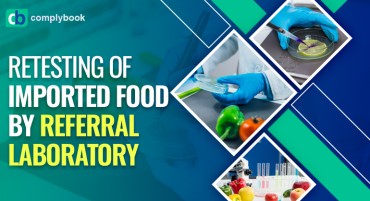

Fruit Content in Fizzy Drinks
The Food Safety and Standards Authority of India (FSSAI) has released a definition for carbonated fruit beverages. It has notified that beverage with fruit juice quantity below 10% but not less than 5%, and 2.5% in case of lime or lemon, should be called carbonated beverage with fruit juice. This is part of the 11th amendment of the Food Safety and Standards (Food Products Standards and Food Additives) regulations, 2016. “… in such cases the requirement of TSS (total soluble solids) shall not apply and the quantity of fruit juice shall be declared on the label". TSS determines the quality of fruit juice content in beverages.
Before this, FSSAI guidelines on aerated beverages did not define carbonated fruit beverages and there was no set standard that the industry could have followed. In June, the food regulator had released a draft notification, defining ‘carbonated fruit beverages or carbonated fruit drinks’, seeking views from industry within two months.
The prescribed fruit content level, however, is much higher than what the industry had asked for. Indian Beverages Association, an industry lobby that bats for beverages companies, had asked the regulator to lower the fruit juice content threshold in carbonated beverages from 10% (minimum) to 3%.
The definition of fruit-based carbonated beverages came more than two years after Prime Minister Narendra Modi urged multinational carbonated beverages companies like Coca-Cola and PepsiCo to mix natural fruit juice (at least 5%) in aerated beverages to help augment fruit sales for Indian farmers. “Millions of people buy Pepsi and Coke. I have asked these companies if they can put 5% natural juice in their drinks," Modi had said in September 2014.
Carbonated Fruit Beverages or Fruit Drink means any beverage or drink which is purported to be prepared from fruit juice and water or carbonated water and containing sugar, dextrose, invert sugar or liquid glucose either singly or in combination. It may contain peel oil and fruit essences. It may also contain any other ingredients appropriate to the products.
The product may contain food additives permitted in these regulations. The product shall conform to the microbiological requirements. It shall meet the following requirements: —
(i) Total Soluble solids (m/m) - Not less than 10.0 percent
(ii) Fruit content (m/m)
(iii) (a) Lime or Lemon juice Not less than 5.0 percent
(b) Other fruits Not less than 10.0 percent
The product shall have the colour, taste & flavour characteristic of the product & shall be free from extraneous matter. In case the quantity of fruit juice is below 10.0 per cent. but not less than 5.0 per cent. (2.5 per cent. In case of lime or lemon), the product shall be called ‘carbonated beverages with fruit juice’ and in such cases the requirement of TSS (Total Soluble Solids) shall not apply and the quantity of fruit juice shall be declared on the label.
The container shall be well filled with the product and shall occupy not less than 90.0 percent of the water capacity of the container, when packed in the rigid containers. The water capacity of the container is the volume of distilled water at 20ºC which the sealed container is capable of holding when completely filled.
Some of the beverages makers have already launched carbonated beverages with fruit content during the past one year.
Coca-Cola India, the local arm of American beverage maker Coca-Cola Co., already sells Fanta Green Mango, a carbonated drink that has 10.4% fruit content. Rival PepsiCo India Holdings Pvt. Ltd, the local arm of American food and beverages company PepsiCo Inc, sells Nimbooz Masala Soda, a juice-based (5% lemon juice) aerated beverage.



